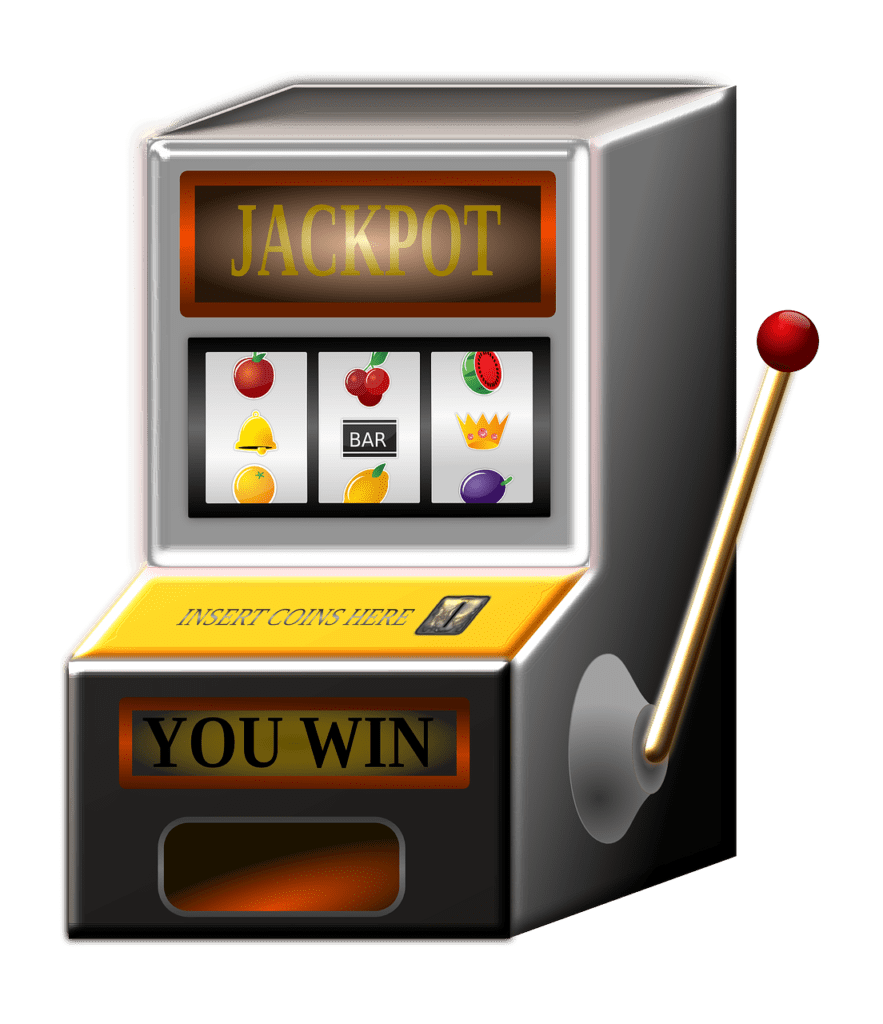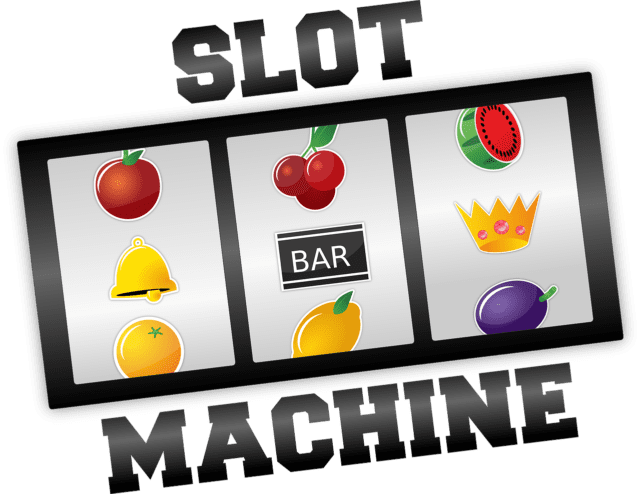When many people walk into a casino, they barely give slot machines a second glance. These devices are an integral part of any gambling establishment, and it’s difficult to imagine a world without them. In this article, we’re going to challenge you to do just that. The truth is that slot machines haven’t been around forever and compared to many other aspects of gambling. These devices are relatively new. For the first slot machines to be created, it required ingenuity, technical skills, and more than a little creativity.
Before the invention of slot machines, gambling had been around for thousands of years. It’s difficult to say when exactly gambling first appeared in human history. We’d like to think that at some point during our early evolution, one person turned to another and said something like, “I’ll give you my best-sharpened rock if that wolf over there catches that rabbit.” People were soon gambling over all kinds of things, although horseracing seems to have been an especially popular event for ancient gamblers. Still, gambling wasn’t always a big part of human life. The ancient Romans actually banned all forms of gambling in their capital city – except on holidays, of course.
But let’s get back to the matter at hand – slot machines. As you’ll see, the story of how slot machines were created is more interesting than you might think. And in many ways, the story is far from over. Slot machines continue to evolve and improve, to the point where many are now completely digital. Today, people can simply sit down at their computer, visit a website, and play slots to their heart’s content. Forty years ago, that concept would have sounded completely ridiculous. Aksel writes more about this here.
The Beginnings of Machine-Driven Gambling
Gambling with machines actually happened slightly earlier than the first slot machine. These devices were little more than novelties – curious machines that bar owners would keep in a corner to amuse their patrons. One example was a machine that “simulated” a horse race between two toys, and the winner was randomized each time. If you went back in time and gambled with one of these devices, you’d probably be pretty disappointed if you managed to win. Instead of handing over money, the barkeeper would be more likely to award you with a few cigars or a free drink.

Then came the so-called “poker machine” invented by a New York-based company called Sittman and Pitt. These fine chaps invented a machine with five “drums” that spun, creating a simulated poker game with 50 cards. For the first time, gambling machines started to look a bit like modern slot machines. The player would pull a lever, and the drums would spin. Beat the house, and you’d win – just like a normal poker game. However, this machine had one notable weakness: there was no automatic payout system. If you won, you had to walk over to the bar and claim your prize. Once again, you’d probably win cigars and drinks rather than cash.
The Real Slot Machine Started With Charles Augustus Fey
The inventor of the first real slot machine was Charles Augustus Fey. This Bavarian-born American inventor first conceptualized the idea of the machine that could allow people to gamble. The date was 1887 (although some scholars believe it was actually 1885), the machine allowed automatic payouts for the first time in history. To accomplish this, Charles created a machine that could “read” wins, and he did this by replacing the five drums of the poker machine with three reels. This made it easier and less complex for the machine to “read” wins.
To make it even easier for this primitive machine to decide whether someone had won, Fey also created just five different symbols, reducing the possible combinations significantly. These first symbols were hearts, diamonds, spades, horseshoes, and a liberty bell. The biggest prize you could get came after getting three liberty bells. As such, the machine was quickly named the “liberty bell,” and it became incredibly popular over a short period of time. Fey’s downfall was simple: He didn’t apply for a patent. As such, companies simply copied his idea and ran off with it.
The Rise of the Modern Slot Machine


Despite a brief setback when slot machines were banned in the early 1900s, the machine continued to evolve and develop. By the 60s, the first fully electronic slot machine had appeared. However, some things never changed; the lever on the machine’s side remained in place to keep things nostalgic for veteran gamblers. By the 70s, the spinning drums had been replaced by a video screen. This was the beginning of a fully computerized slot machine that became even more advanced by the 90s.
And of course, the slot machine has gone one step forward in recent decades. Today, gamblers don’t even need to go to a casino to play slots. Instead, they can simply visit a gambling website and play online slots to their heart’s content. Since its creation, slot machines have gone from being an interesting novelty in the corner of a bar to a fully digital creation that we can access from the comfort of our own homes. Amazing, right?
Final Thoughts
Slot machines are one of the most incredible inventions in the gambling world. This device brings together technology and centuries of gambling experience into one incredible product. People have been enjoying slot machines for decades, and they will undoubtedly continue to enjoy them for hundreds of years into the future. In contrast, many of the other “staples” of a modern casino are quite ancient. Roulette, blackjack, poker… These are all games with have roots hundreds or even thousands of years back in our history. And for the most part, they haven’t changed much. The popularity and evolution of slot machines prove that there’s always room for improvement in the gambling world. Who knows what we’ll invent next?
Featured Image by OpenClipart-Vectors on Pixabay




